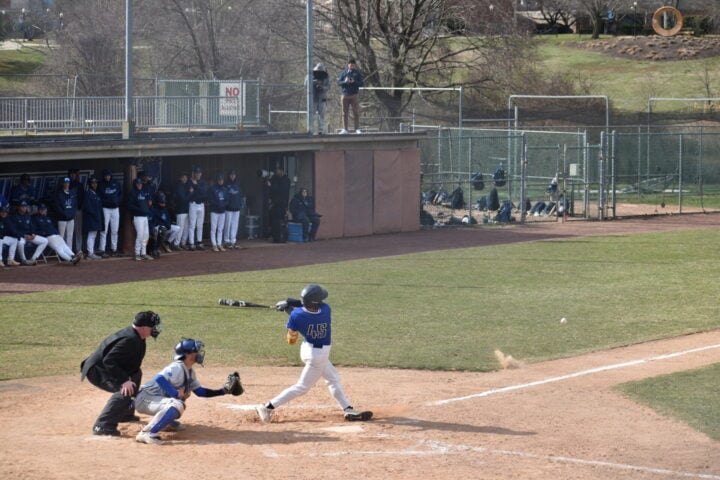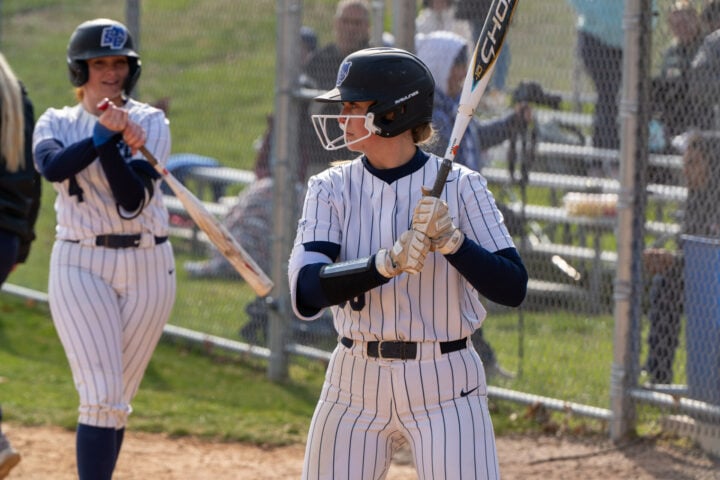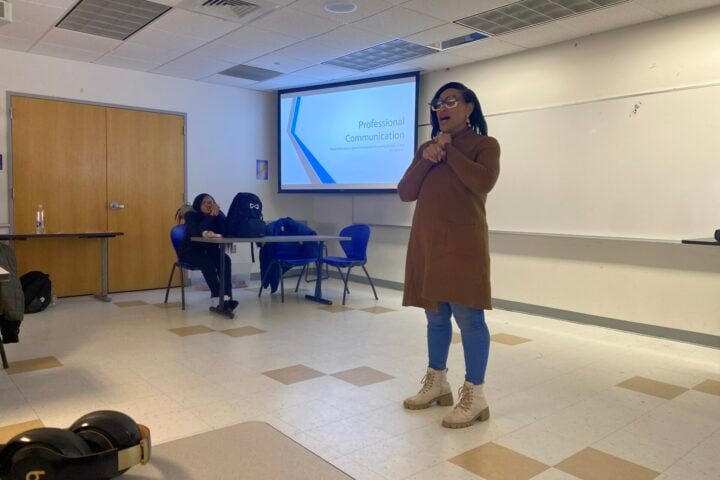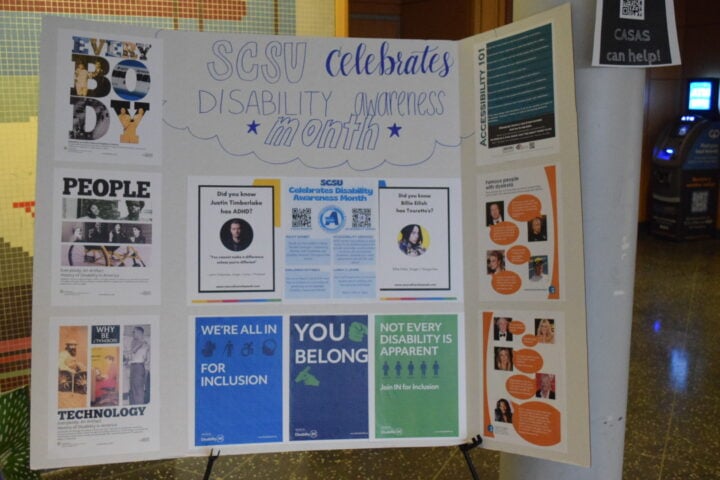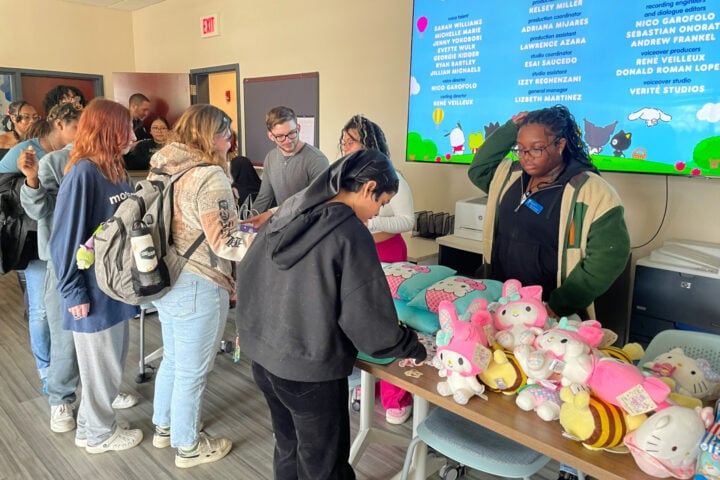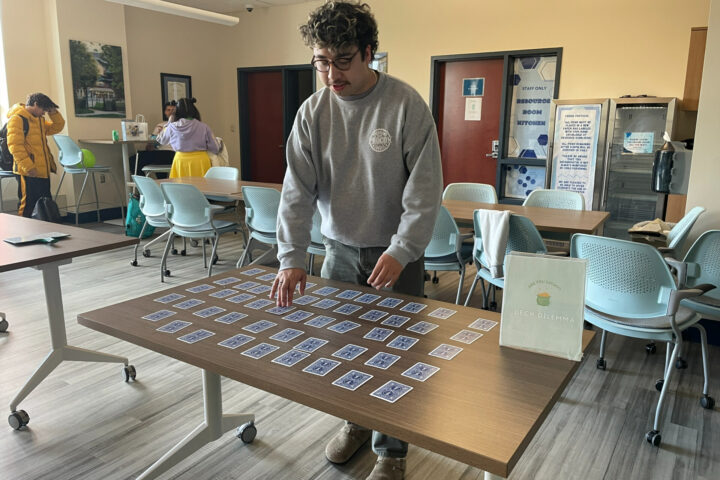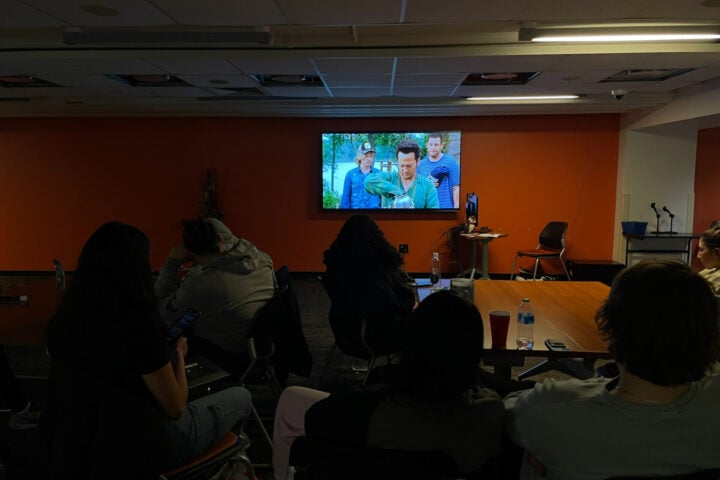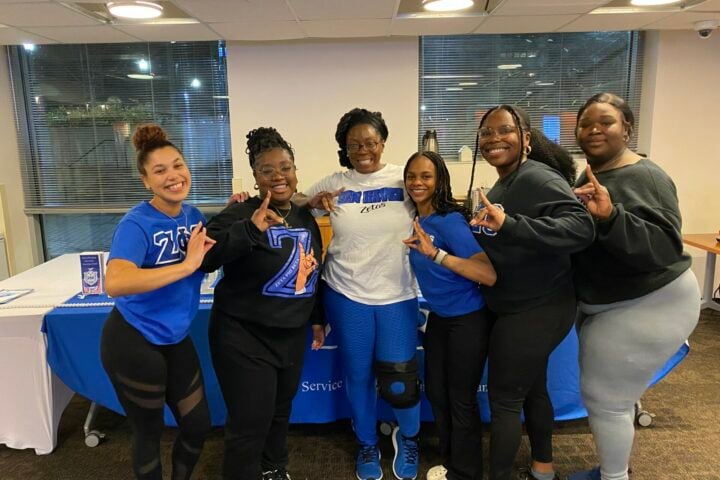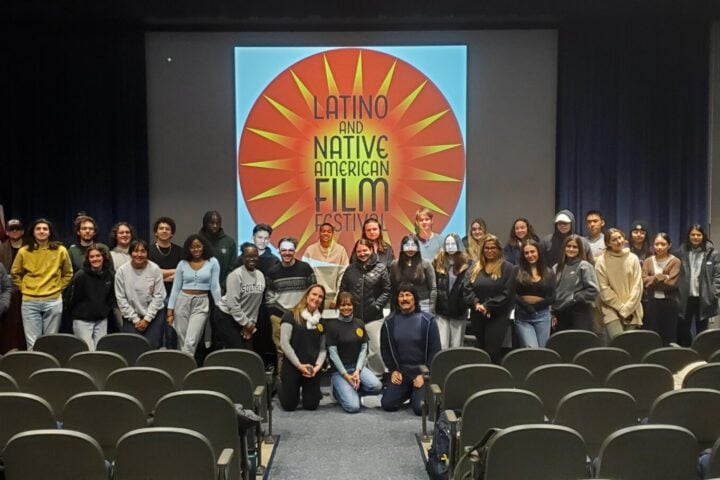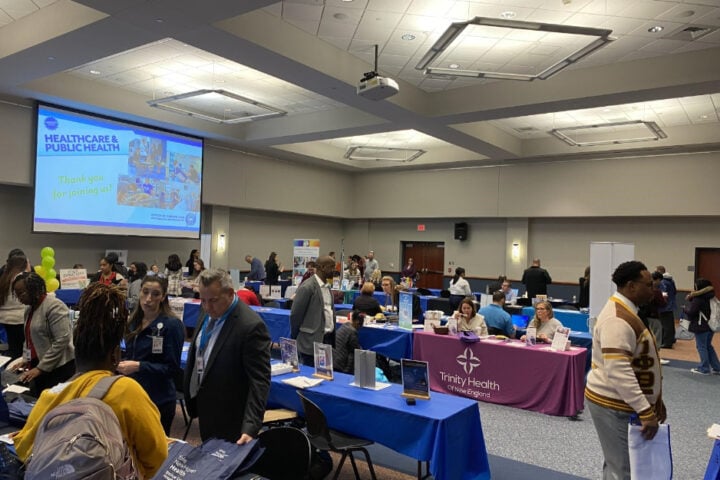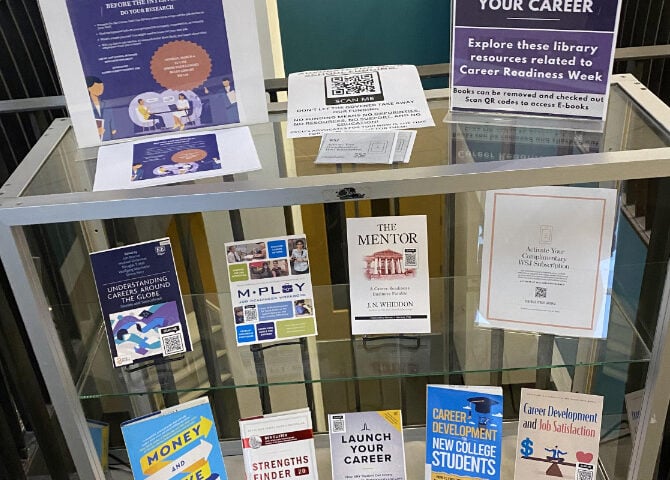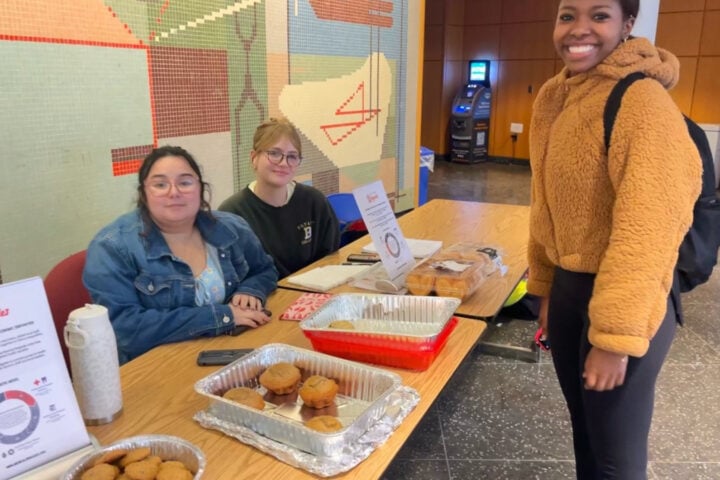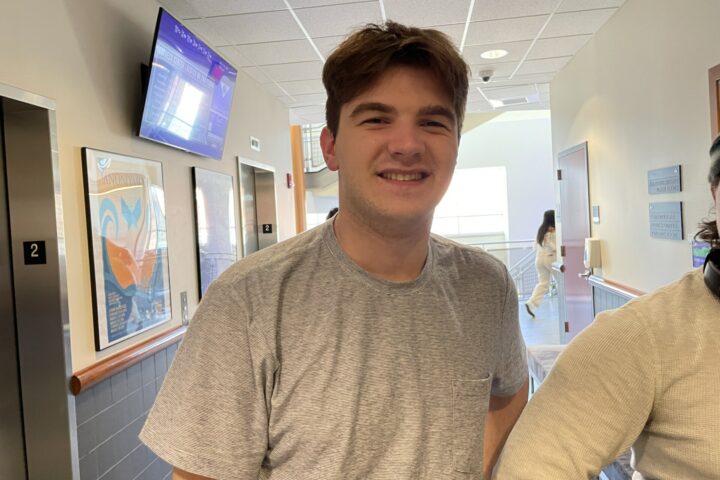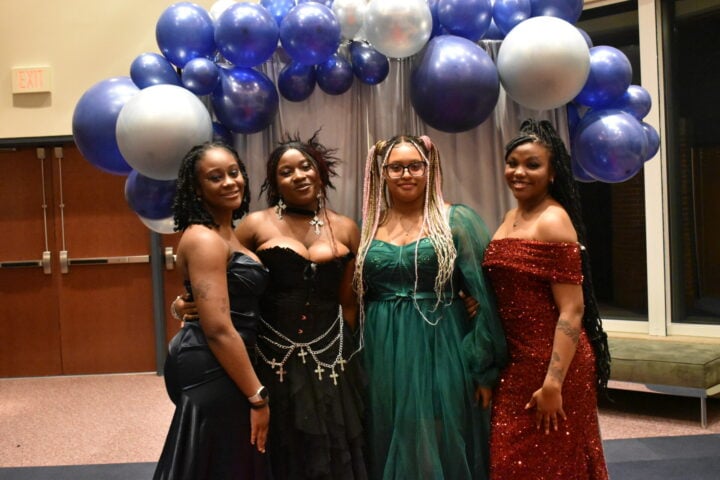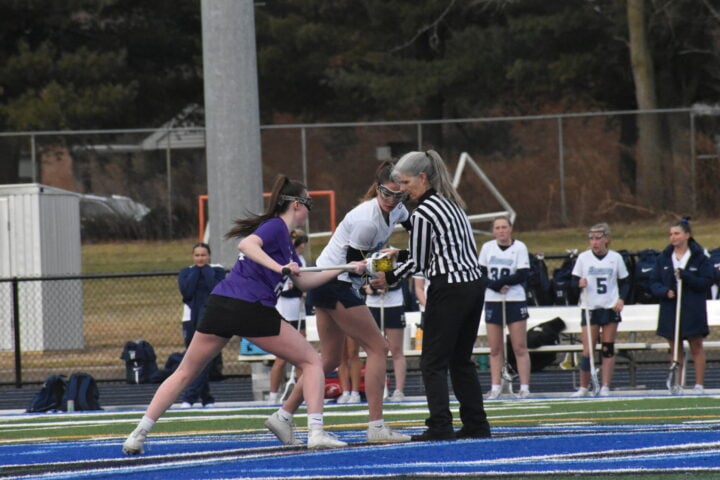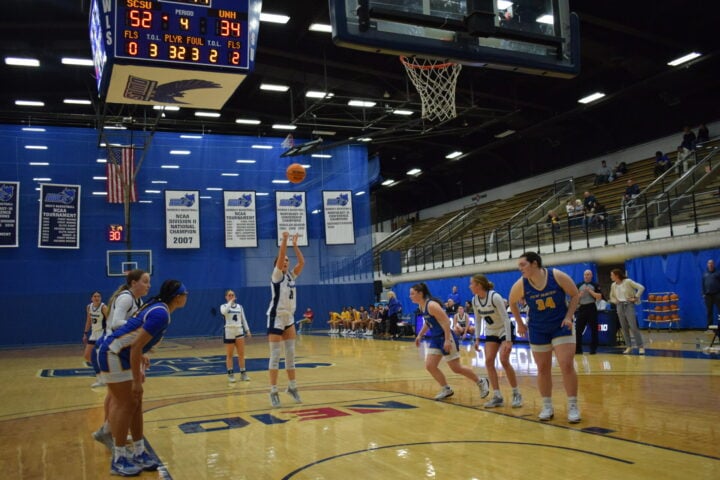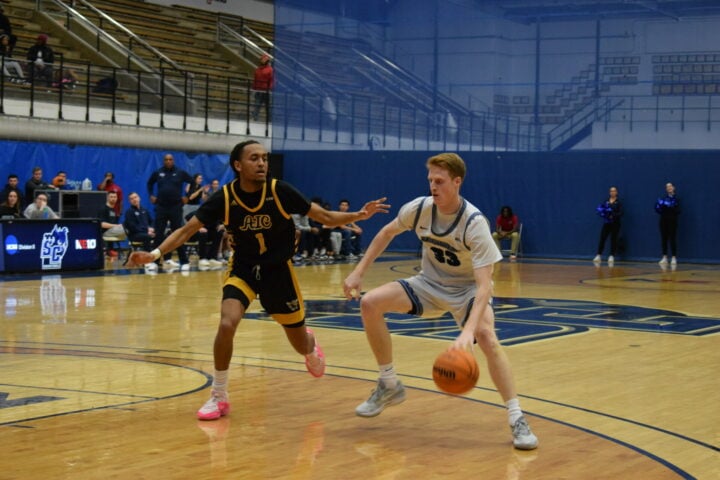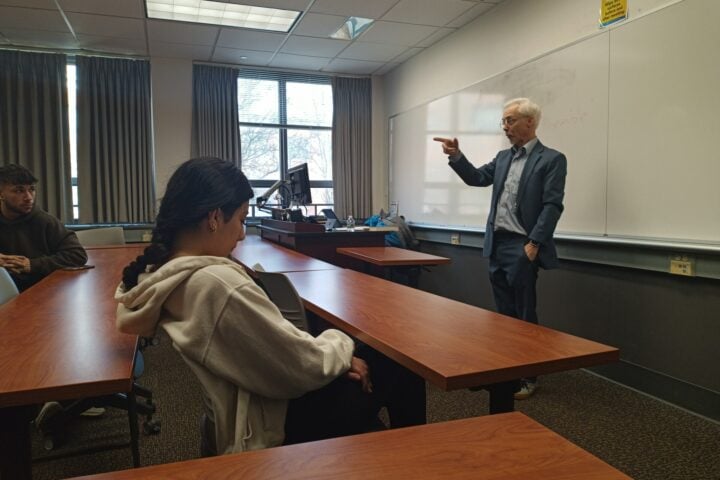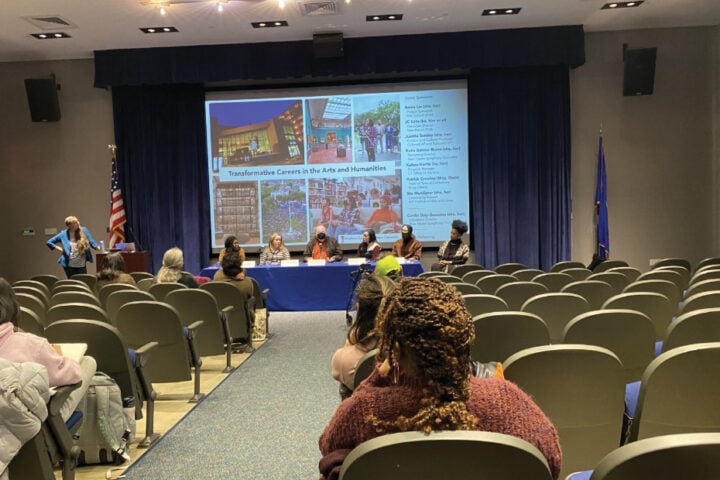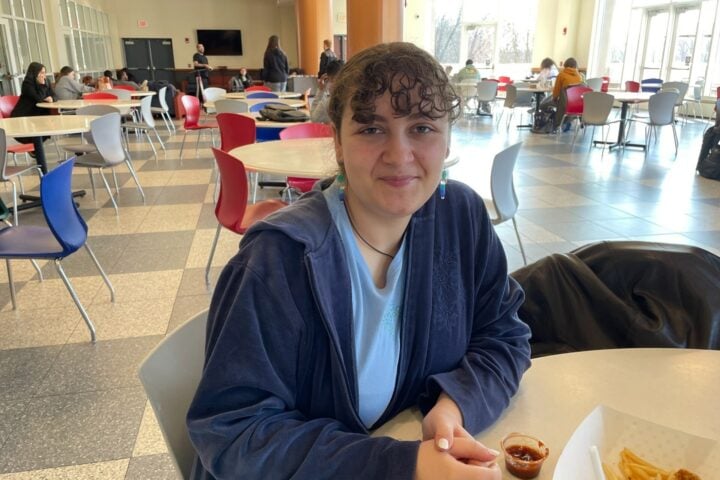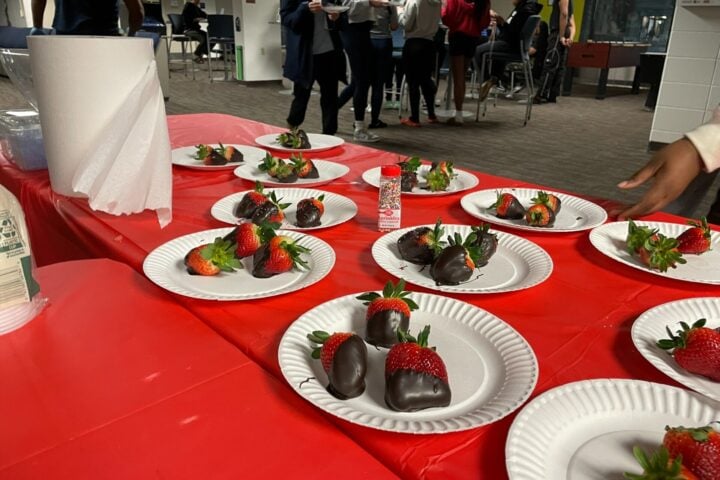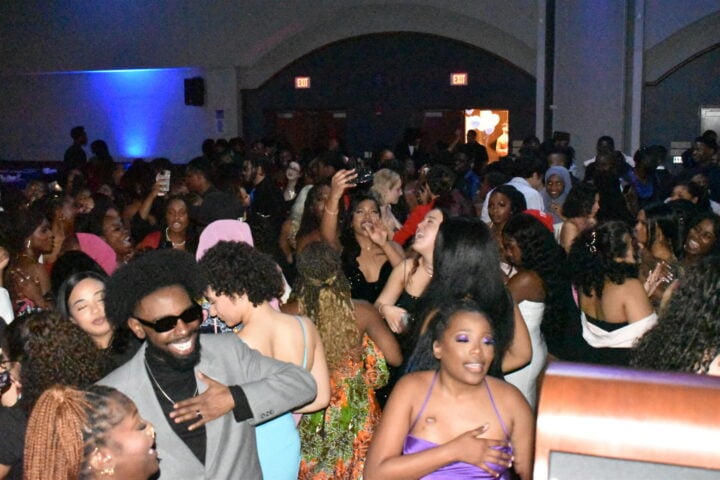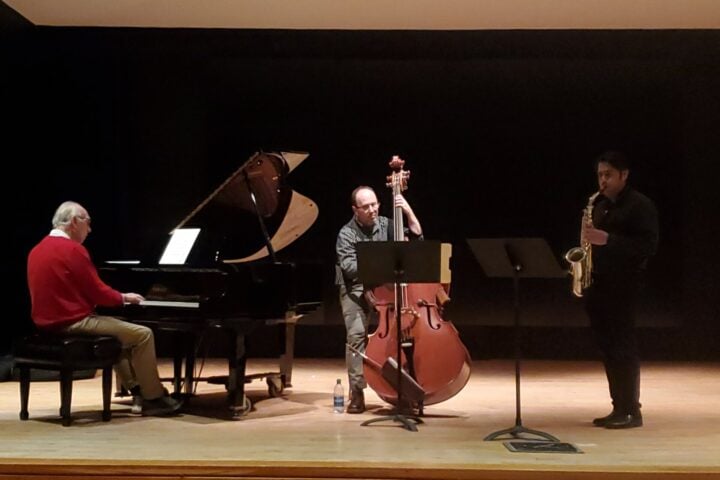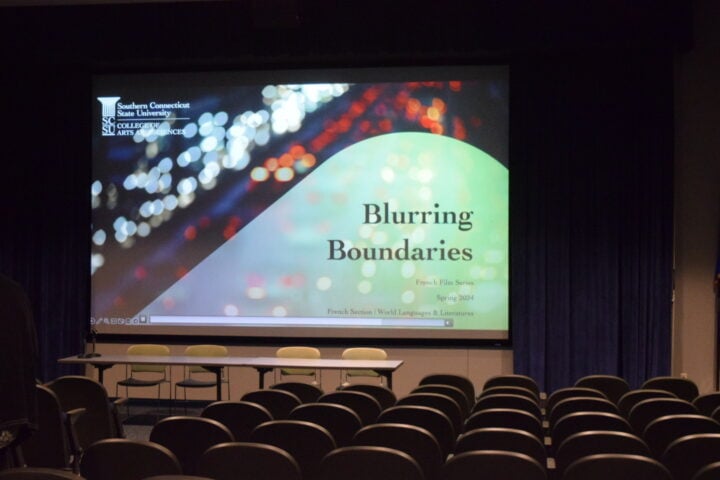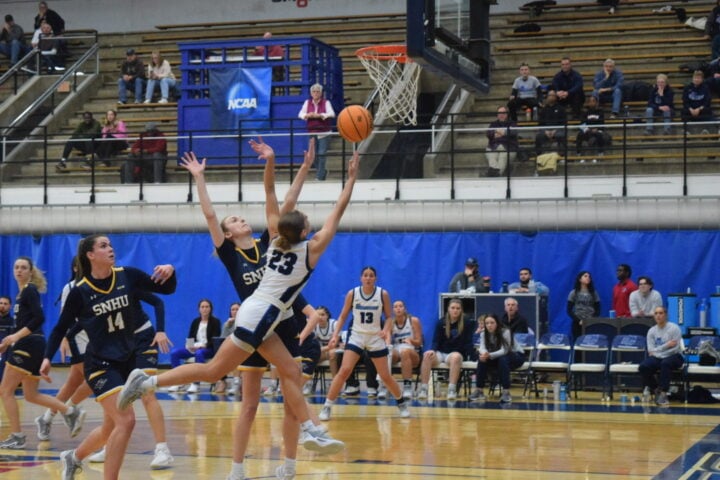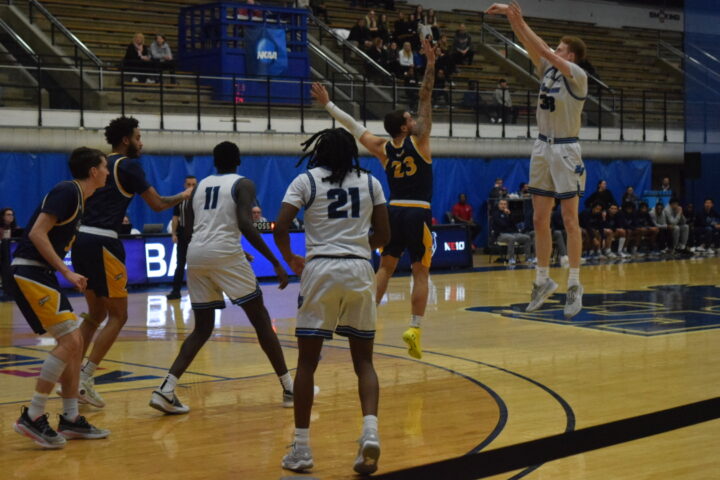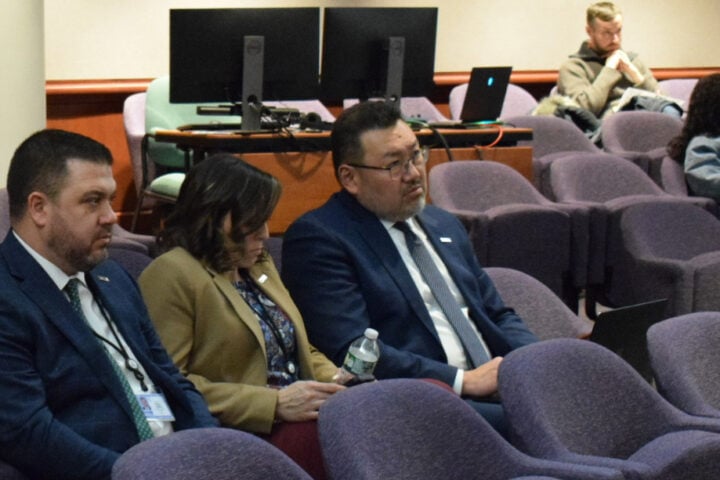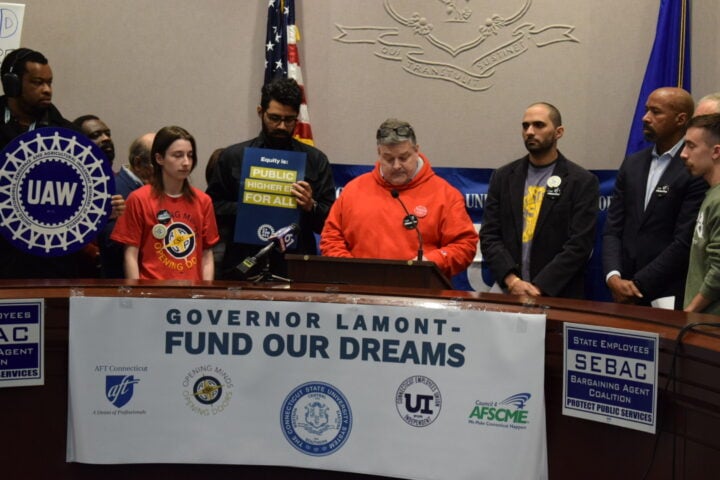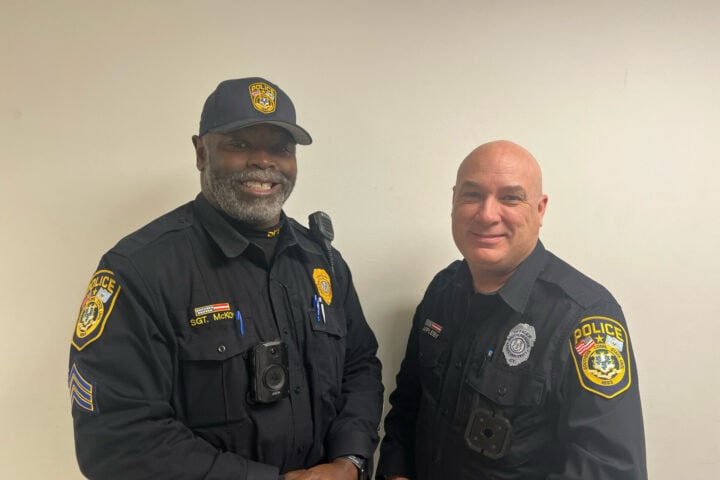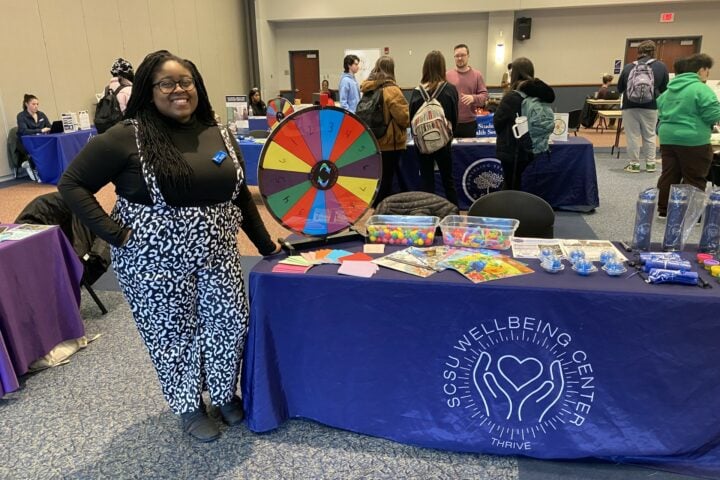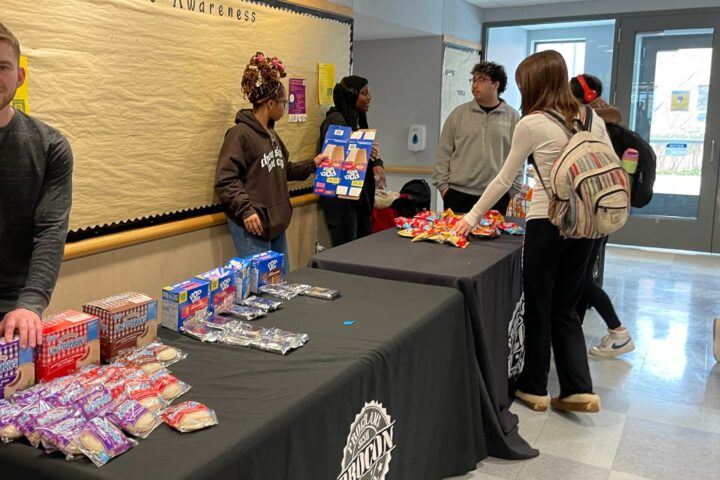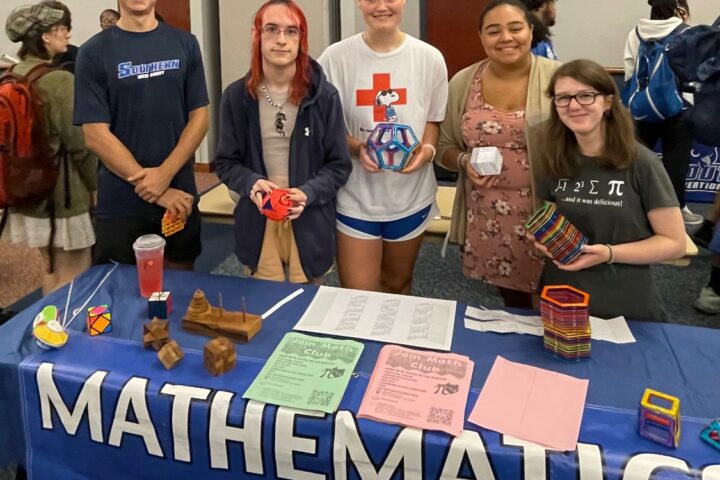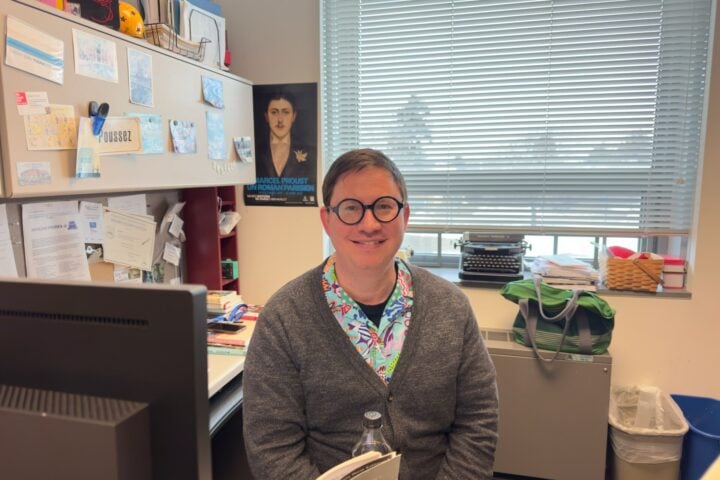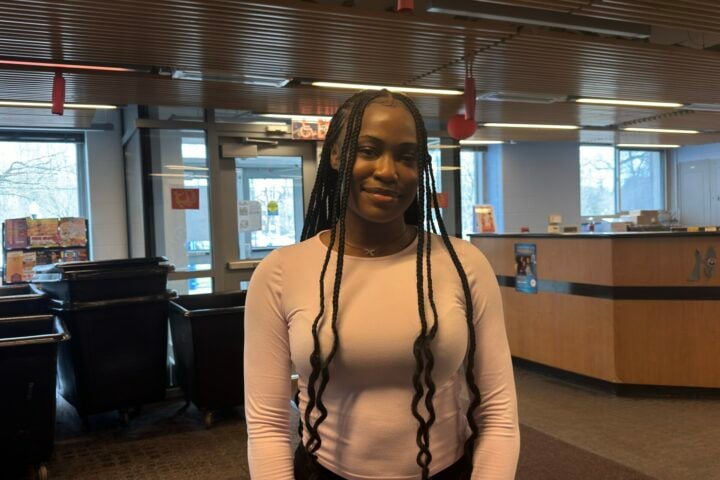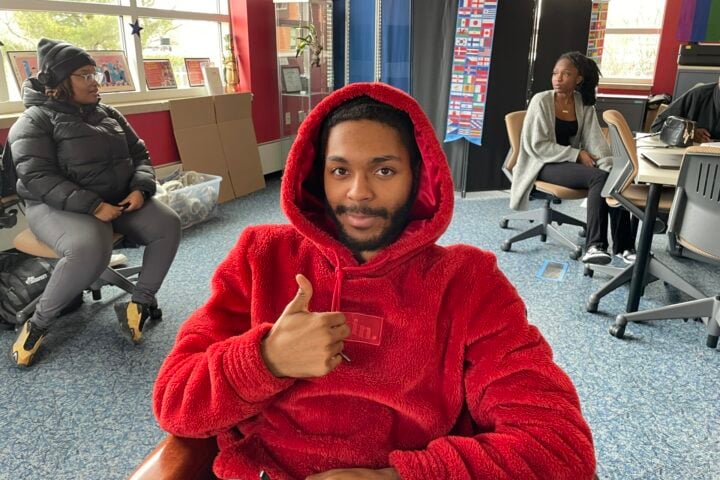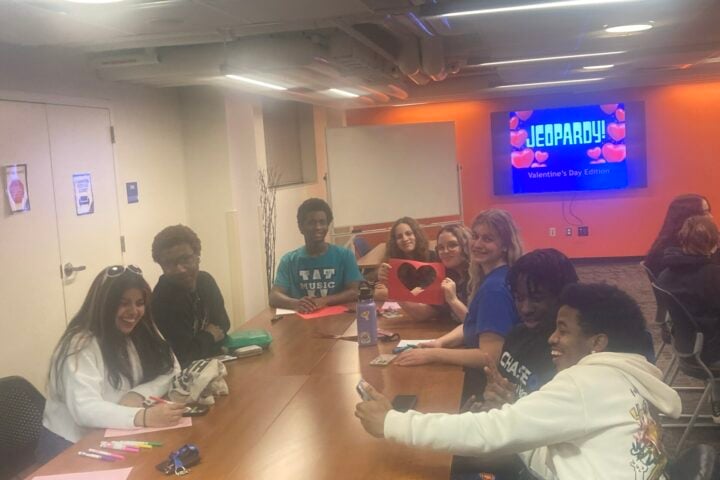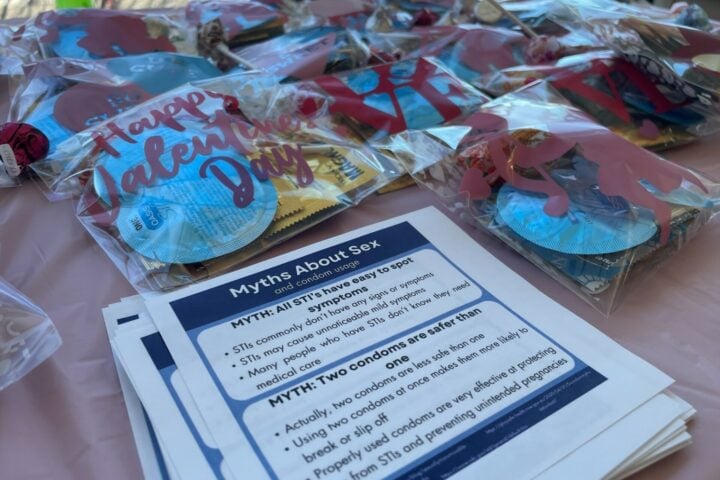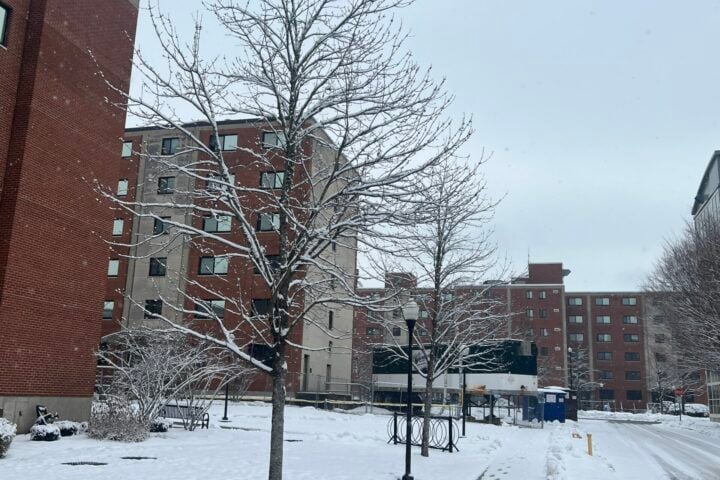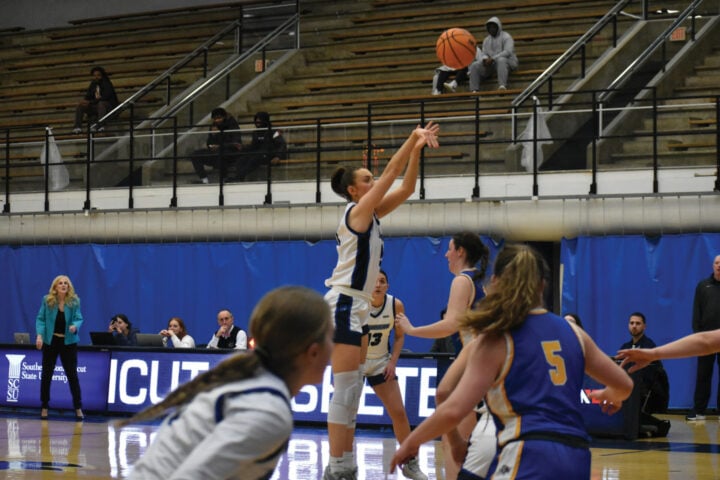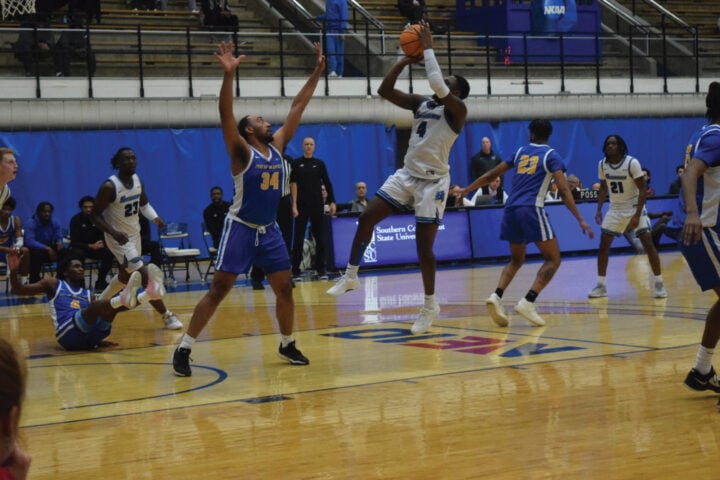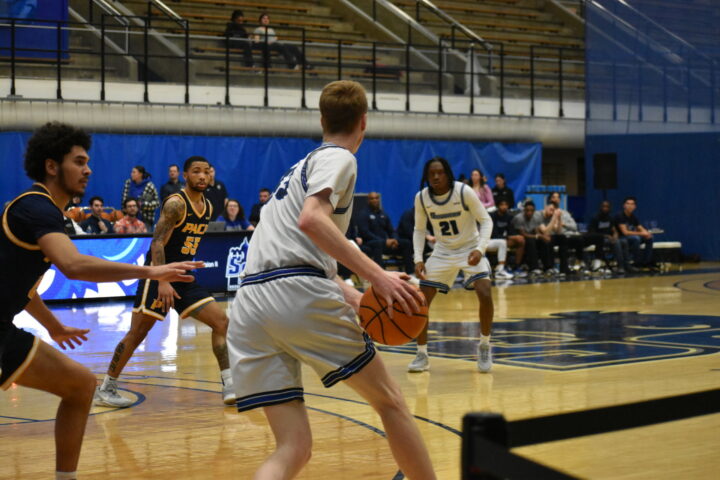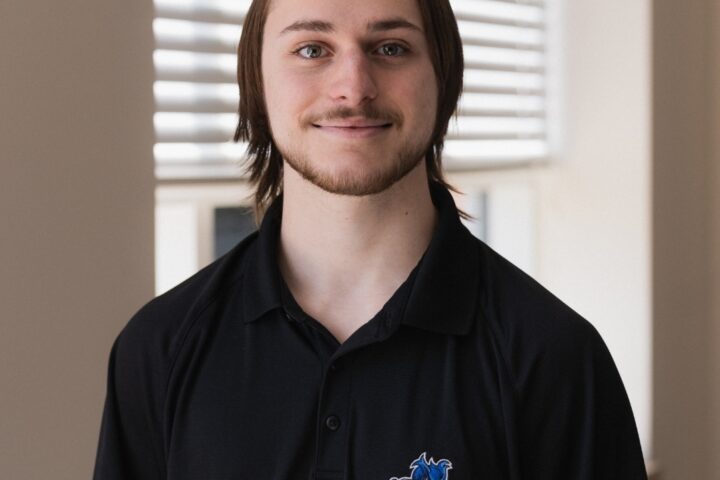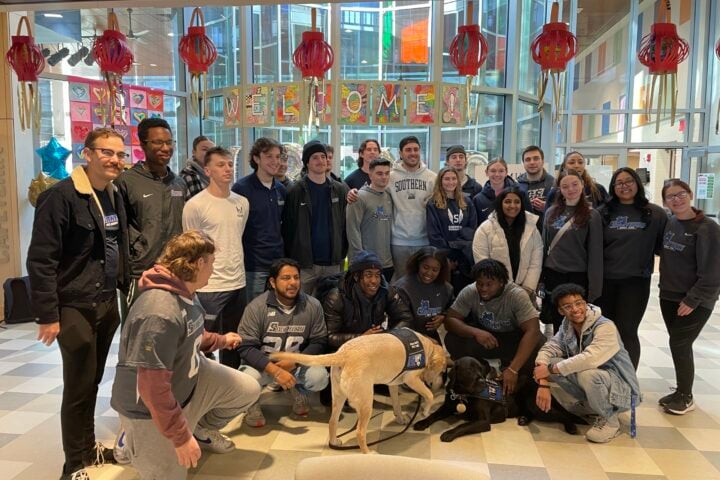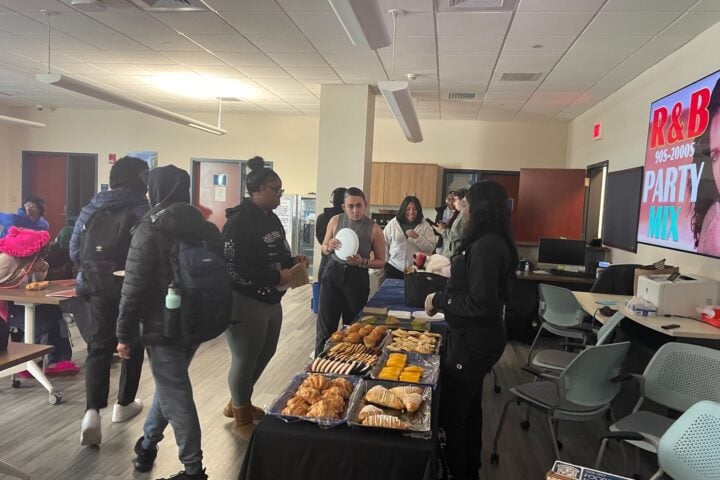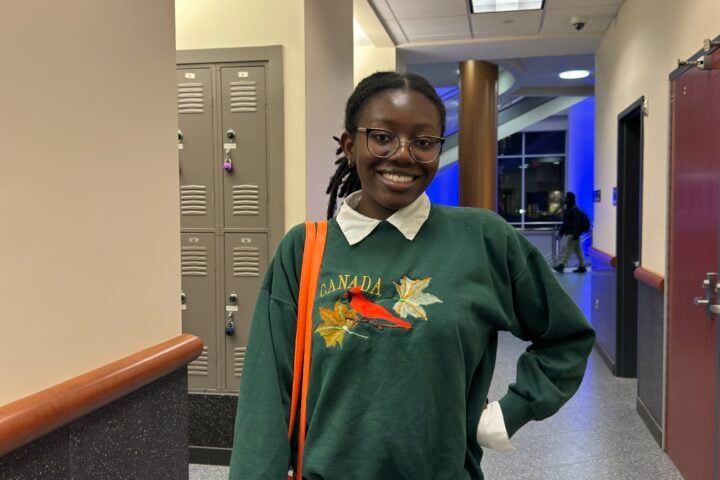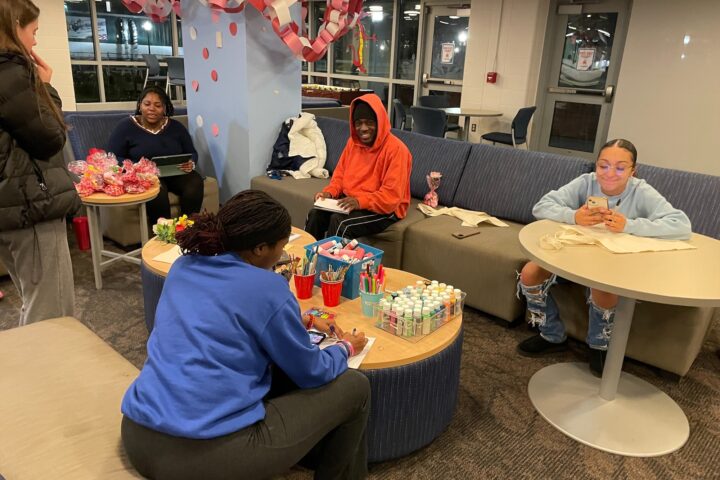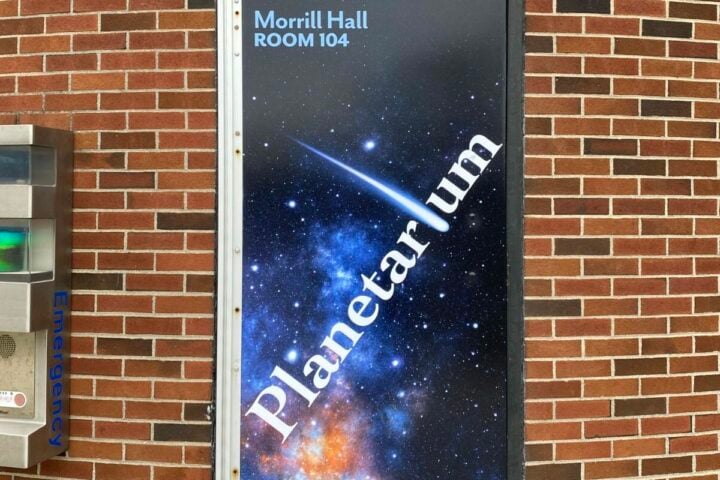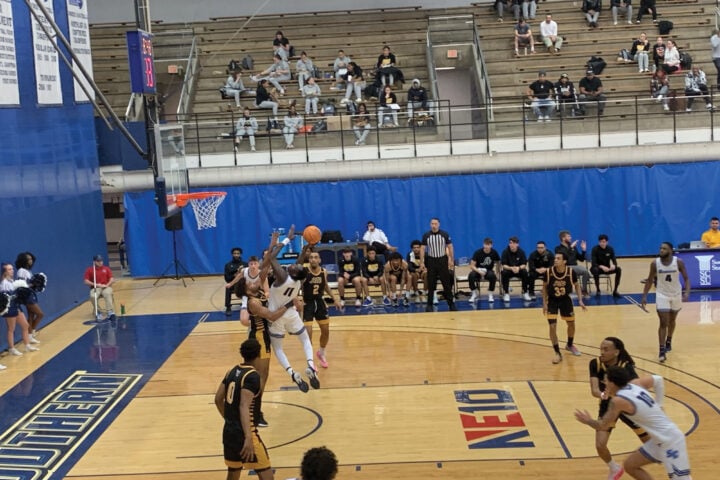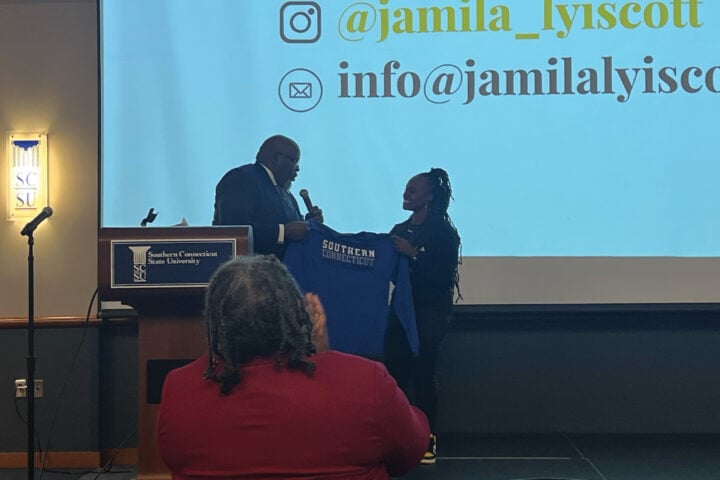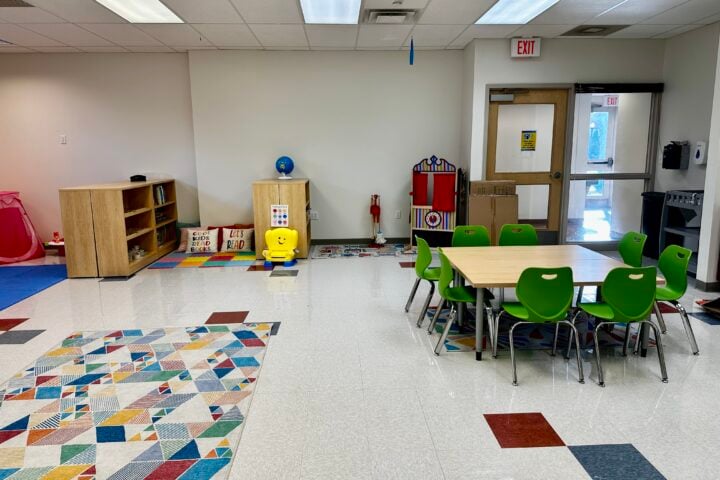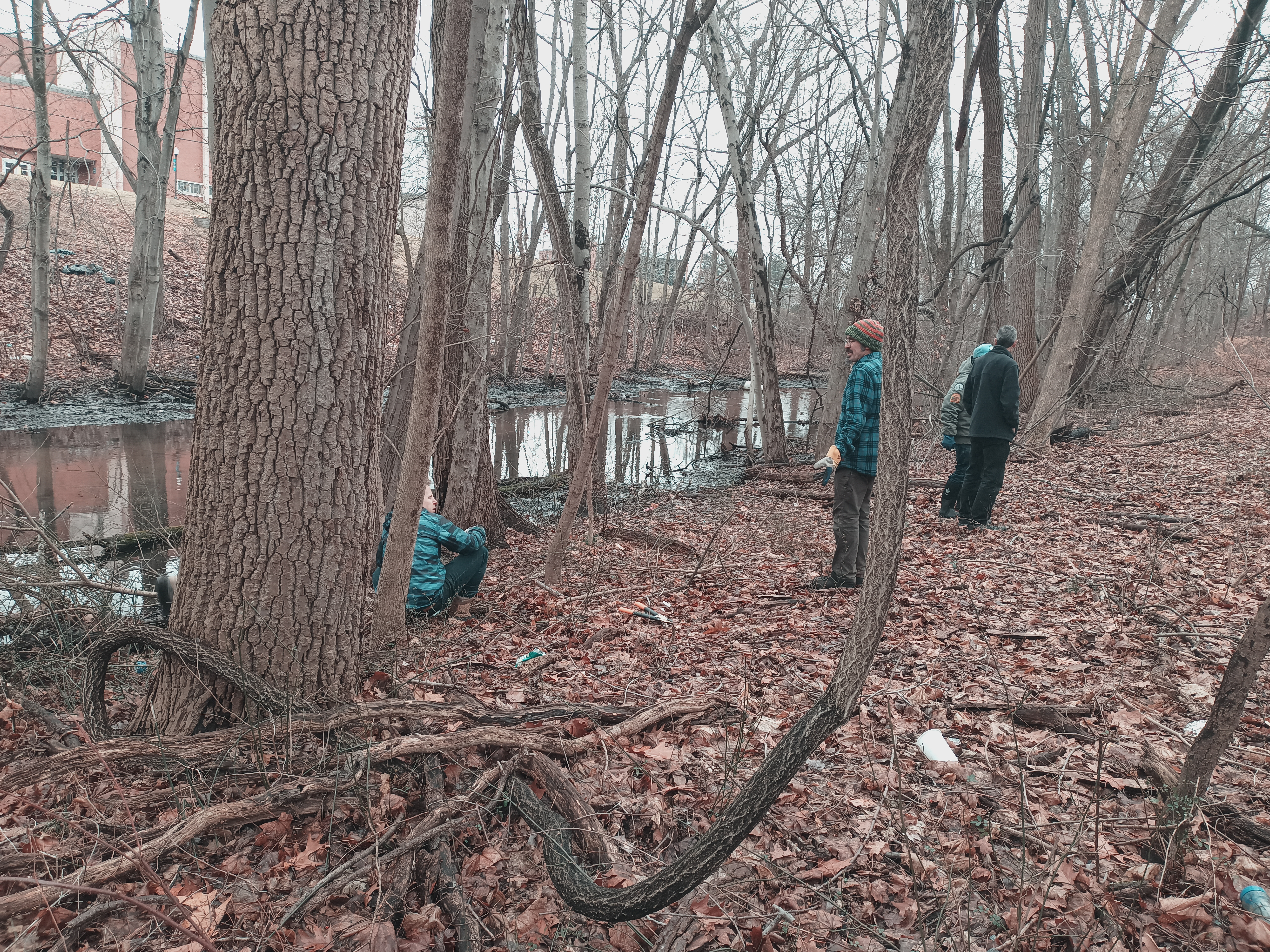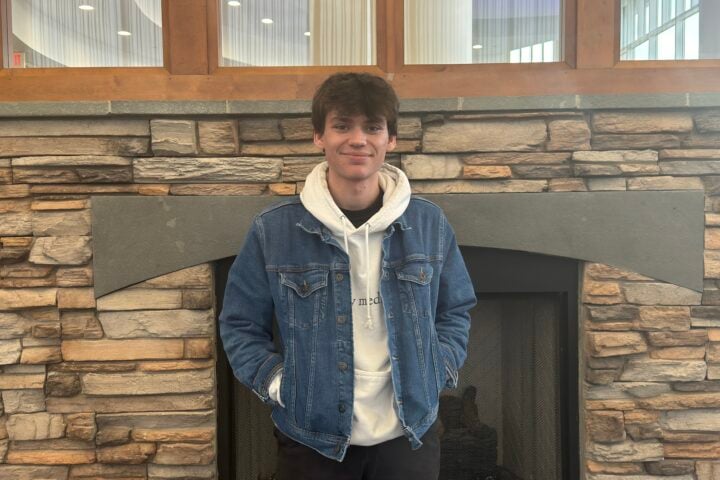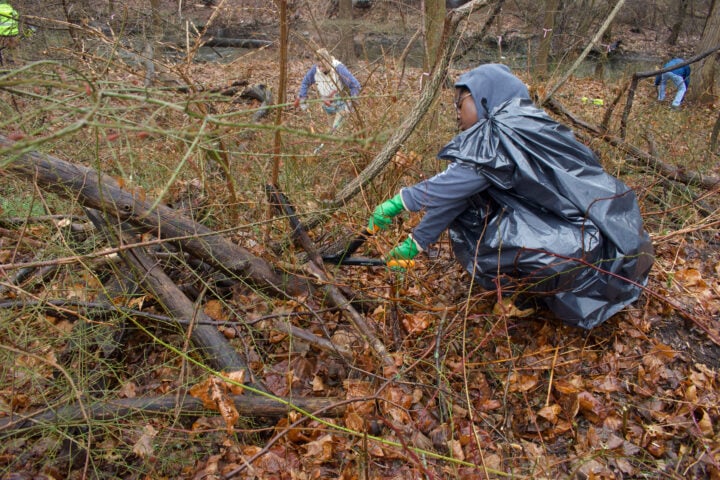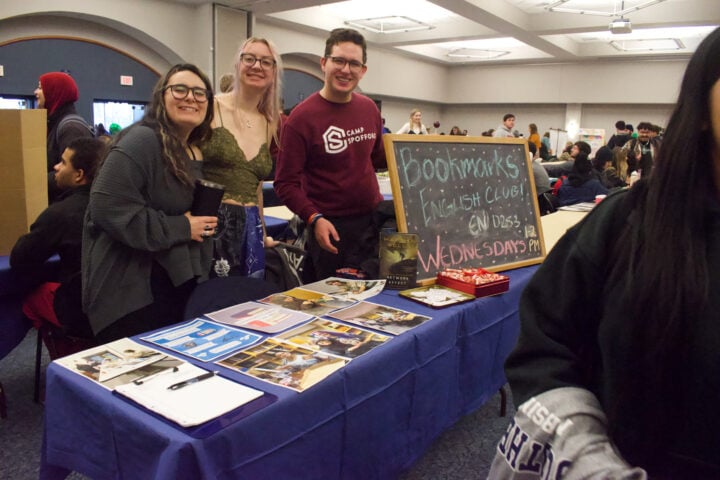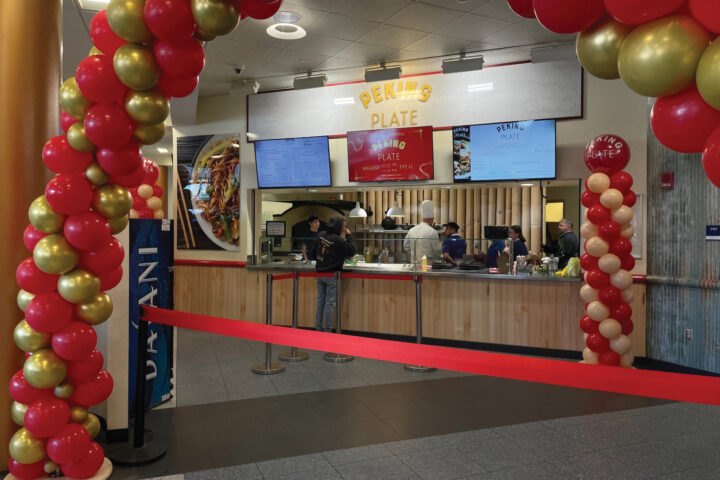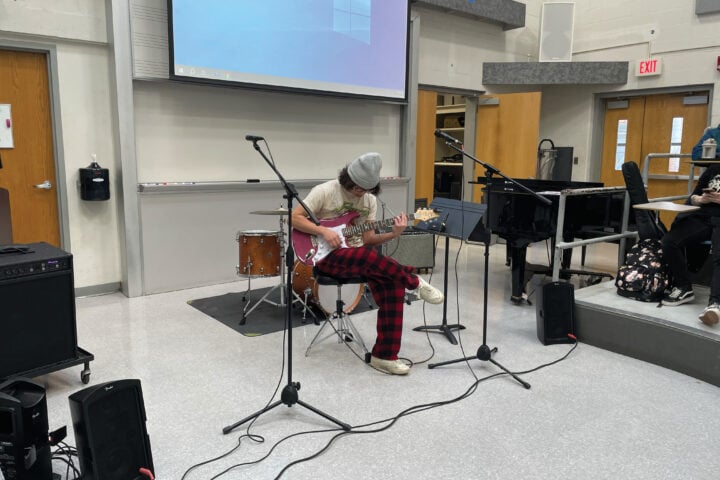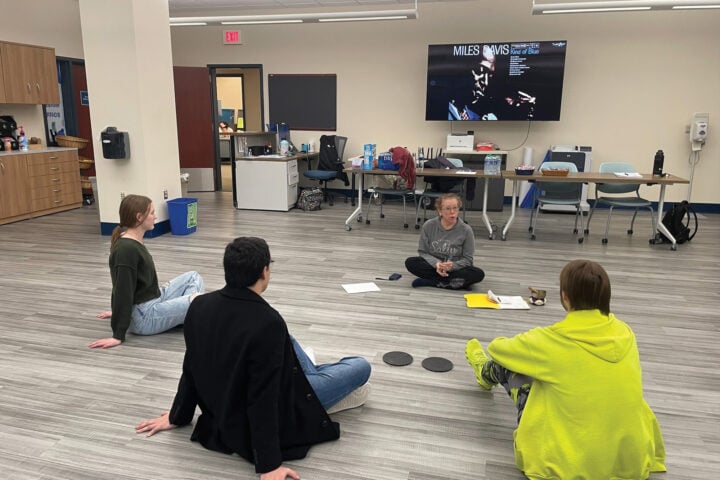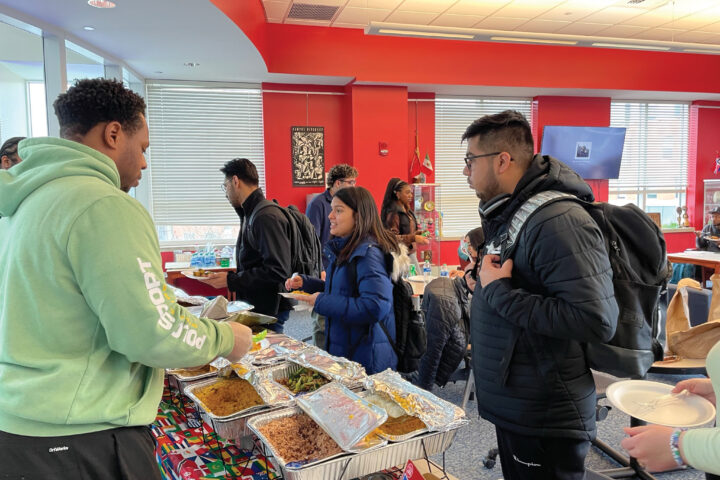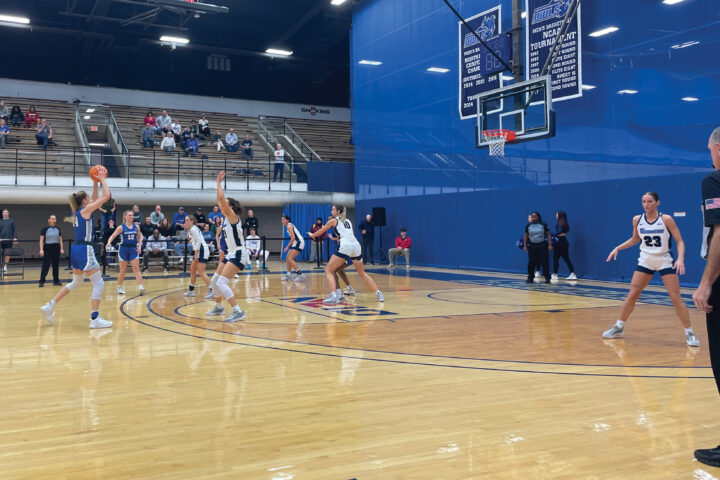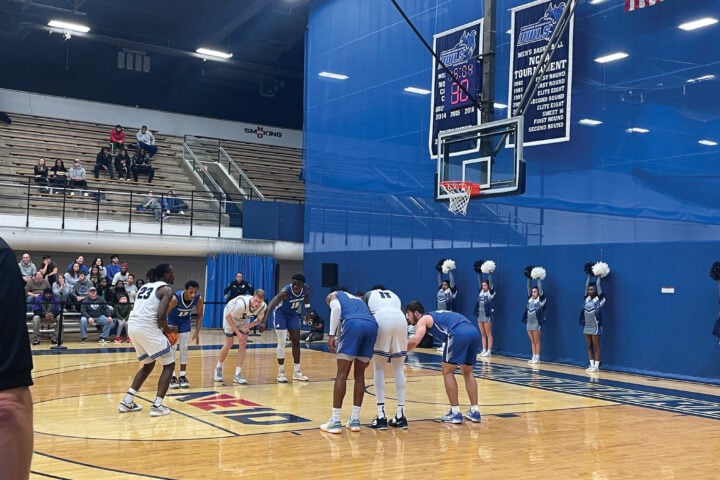Abby Epstein – Managing Editor
Of the 1,400 fall residential students, about 380 did not return this spring. Almost 190 of those students left both housing and the university.
“I think that the spring looks very similar to the fall for residence life. We did end last semester with a no guest policy, and we are starting this semester with a no guest policy,” said Robert DeMezzo, director of residence life.
Other than the number of residential students decreasing, resulting in Neff Hall closing for residential living, not much has changed. Neff Hall is now used as a quarantine space for students who arrive late to campus or students who have been exposed to COVID-19.
The Townhouses are being used now or isolation for students who test positive for COVID-19. The RAs and the hall director have been relocated to other residential halls because there were not enough vacant spots. The RAs have noticed that the residential halls feel emptier compared to the fall semester.
“I feel that there are less students for sure. Last semester there were way more residents in my hallway but now I’m down to half of them. Even on the move-in sheet, residents were dropping left and right by the day,” said Chase Hall RA Abdel Ben-Toukour.
DA Quentin Askew said it feels so empty and dead on campus. “It feels like a totally different vibe.” He thinks more people realized how dead it was on campus then changed their mind as to living on campus.
With the students who did return to campus, the challenge now becomes how to engage them with doing online activities. “It’s very challenging to program virtually and have the same impact as on-ground programming. So yes, certainly challenging to find programs that would engage a larger number of students,” said DeMezzo.
DeMezzo said there were lessons they learned in the fall about virtual events that have helped in the spring. Many programs were not well attended to, other programs were better attended, more than residence life predicted.
“So those are the types of programs where we might repeat multiple times, rather than just do them once,” said DeMezzo. “
That extends everywhere from our RA programs, RHA programs (Residence Hall Association) and even our weekend warrior program series.” DeMezzo said they are looking to start doing some programs in-person when students are once again back on campus for classes.
“They will be smaller. We are following COVID guidelines, the Public Health guidelines for the state for programming which limits the number of people who can participate,” said DeMezzo, “programs will have a capacity of 10 people and some will have a capacity of 25.”
Ben-Toukour said the challenging part for RAs is connecting with the residents with many programs held virtually. “It’s so tough because we can’t build a bond with the residents being six feet apart or on a computer screen. Most residents are tired of sitting on their computers, with all the restrictions we are forced to put programs online, therefore we are losing engagement with residents,” said Ben-Toukour.
DeMezzo said that they are more prepared now and the fall was spent figuring out and learning about what worked and what did not work, including which software to use and if WebEx or TEAMS is better.
“There are some programs that we just can’t do. They can’t be virtual,” said DeMezzo, “there is no substitute from in-person verses virtual. Where you can have more interactions in person.”





















